 Some are home to cutting-edge technology start-ups, some lead the way on environmental initiatives, and some are rapidly growing economic powerhouses. Alice Breheny, global head of research at TH Real Estate, reveals the cities you should be eyeing in 2017
Some are home to cutting-edge technology start-ups, some lead the way on environmental initiatives, and some are rapidly growing economic powerhouses. Alice Breheny, global head of research at TH Real Estate, reveals the cities you should be eyeing in 2017
TECHNOLOGY TRENDSETTERS: UP-AND-COMING START-UP CITIES
Tel Aviv
Silicon Wadi is the Middle East’s answer to Silicon Valley, with its specialist field of cybersecurity driving the fintech scene to new heights. It is also making strides in biotech, life sciences and is emerging as a leader in driverless car technology. Large car manufacturers, including Honda and Ford, are setting up bases in the city, hoping to attract talent and partnerships.
Tel Aviv also has a strong Smart City strategy, using innovative “DigiTel” initiatives to engage more directly with its citizens – this helped it win the World Smart City Award in 2014. It is now pushing forward with technology-enhanced irrigation systems and investment in internet of things infrastructure on a municipality level.
Auckland
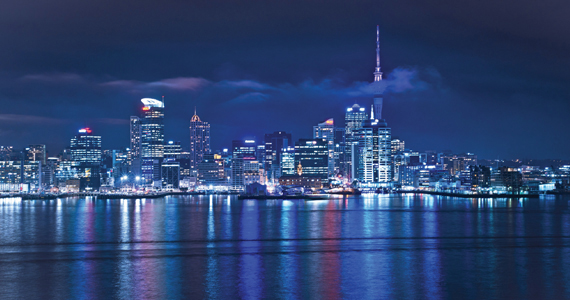
BROKER/REX/Shutterstock
Auckland is emerging as the front-runner for the Pacific’s leading tech hub, combining cutting-edge innovation with a hard-to-match quality of life. Its relatively easy access to the Australian east coast and burgeoning population – due to expand by 43% to 2.2m by 2020 – also act in the city’s favour. With a recently announced plan to foster a new tech hub in the north and a progressive partnership with Microsoft’s CityNext project helping the city’s transport services cope with increasing demand, the future looks bright.
Austin
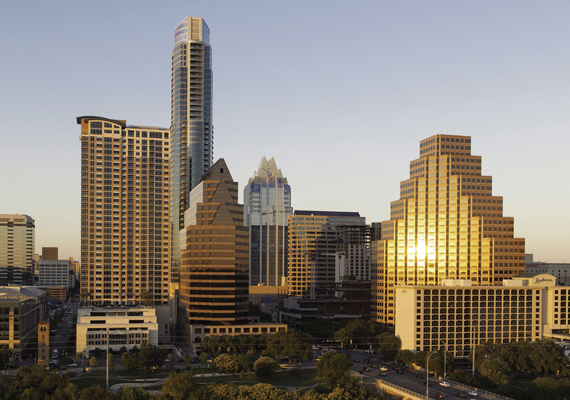
robertharding/REX/Shutterstock
Austin was the fastest-growing city in the US in 2015, with more than 150 people arriving every day. It is economically strong, with jobs growth continuing to outstrip population growth and unemployment under 4%. Techies are attracted by the high levels of venture capital, affordable accommodation, and the burgeoning restaurant and music scene, most notably as the host of SXSW. The supportive regulatory and local government environment, as well as the absence of any state taxes, is also a big draw.
As tech hubs in New York, San Francisco and Boston become increasingly expensive, Austin is emerging as the leading alternative in the US.
Austin was the fastest-growing city in the US in 2015, with more than 150 people arriving every day”
Hangzhou
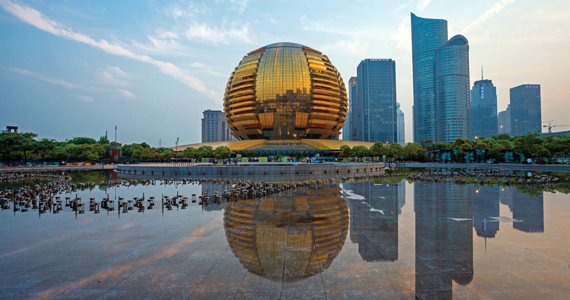
Imaginechina/REX/Shutterstock
Capital of several ancient Chinese dynasties, Hangzhou is now shaping up to be a high-tech hub and centre of entrepreneurship – a symbol of China’s transition to technology-powered growth.
As the home of e-commerce giant Alibaba, the city has fostered a strong community of e-commerce start-ups and created thousands of internet millionaires, spurred on by the rise of China’s middle class – a tech-savvy generation with huge collective spending power.
Hosting the G20 Summit this September, with leaders of two-thirds of the world’s population in town, Hangzhou has been put on the international stage as a shining example of what China has achieved so far and what more it can deliver in the future.
SUSTAINABLE CITIES: ‘GREEN’ CITIES WITH HIGH LIFE SATISFACTION
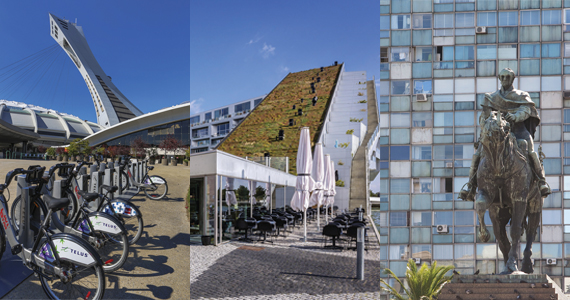
JTB Photo/UIG/imageBROKER/Design Pics Inc/REX/Shutterstock
Montreal
Montreal is one of the happiest cities in one of the happiest countries in the world. It consistently ranks near the top of life satisfaction surveys, both domestic and worldwide, while academics recently found that it also has the happiest tweets in Canada.
Sustainability-wise, the successful 1997 Montreal Protocol on limiting the use of CFCs has cemented the city’s place in the history of environmental regulations. Montreal is also a leader in efficient transportation, being the most bicycle-friendly city in Canada and maintaining an excellent public transport system. It should come as little surprise, then, that in a recent study, Montreal households were found to have the lowest greenhouse gas emissions in the country.
Copenhagen
Copenhagen is a prime example of the high life satisfaction that populations feel across the Nordic countries, with high levels of health, safety and social cohesion across the board. It is also a pioneer in sustainable technology, having invested early in “cleantech” R&D, following the early implementation of environmental regulation in the late 1980s. Today, 40% of Denmark’s total energy supply comes from wind power, with an ambition to reach 50% by 2020 and 100% by 2050. On top of this, due to the popularity of cycling in Copenhagen, only 29% of households own a car. Copenhagen is a true happy city, marrying high levels of wellbeing with a low ecological footprint.
Montevideo
Montevideo is the capital of Uruguay, one of the happiest countries in South America, supported by a strong and stable democratic symbol. Until 2015, it was home to president Jose “Pepe” Mujica – the pauper president – who maintained a modest lifestyle, forgoing the luxury of the presidential palace in favour of his one-storey home in Montevideo’s suburbs. During his five-year tenure, Mujica pushed a progressive agenda that included legalising abortion, same-sex marriage and even recreational cannabis. The result is that Uruguay has the best freedom score in South America. Uruguay also has an envious sustainability record, generating 55% of its total energy share and 95% of its electricity through renewables. All this means Montevideo is well-prepared to take on the challenges of tomorrow’s world.
BOOMING CITIES: ECONOMIC POWERHOUSES OF THE FUTURE
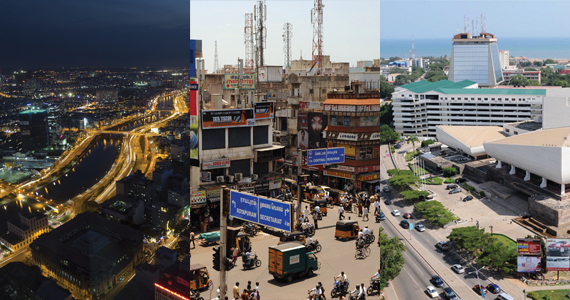
Credit: Imaginechina/Sinopix/Xinhua/REX/Shutterstock
Ho Chi Minh City
If a city’s fortunes can be judged by the number of cranes dotting its landscape, Ho Chi Minh City is a prosperous place. Posters stuck to construction sites advertise lavish apartment blocks and landscaped shopping malls under development. A metro system, currently being built, promises comprehensive public transport at last. The city’s economy has been growing at 7-12% for more than a decade, with no sign of slowing down. The exceptionally youthful population, more than half of whom are younger than 35, might just be forging the way to another Asian economic miracle.
Chennai
Chennai’s growth is being driven by an educated and growing young population, a knack for finding digital solutions, and a supportive political environment. It has become a magnet for entrepreneurs throughout India, providing high levels of access to investors and capital. With a significant number of infrastructure initiatives under way, the city is set to embrace its next phase of growth on strong foundations.
Accra
Ghana is one of Africa’s most politically stable countries, and though the economy has suffered somewhat from low oil prices, it is now on the rebound – led by Accra, its dynamic capital. Accra, whose population is predicted to grow by a sustainable 20% in the next 10 years, will simultaneously see its GDP more than triple. If things go to plan, and the country successfully negotiates a tricky election and (now-plateaued) inflation, the next two decades could see Accra sitting beside Lagos as a second economic powerhouse of West Africa.
To find out more data about these cities – and more – across the world, click here to interact with TH Real Estates’ global graphic
The bottom line: Whether it is a leading alternative, a tech-savvy hub or a sustainable future, there are plenty choices for investment across the globe right now
RELATED ARTICLES
Covering London, UK cities and global – find out the latest investment news …read more
New Chinese investment rules – how will they impact the UK market?
Investment will continue to flow into London despite political concerns
ALSO THIS WEEK
Joanne Roney: Manchester’s new chief
“I absolutely did everything to get Trinity away,” she says. “It was so important.”












